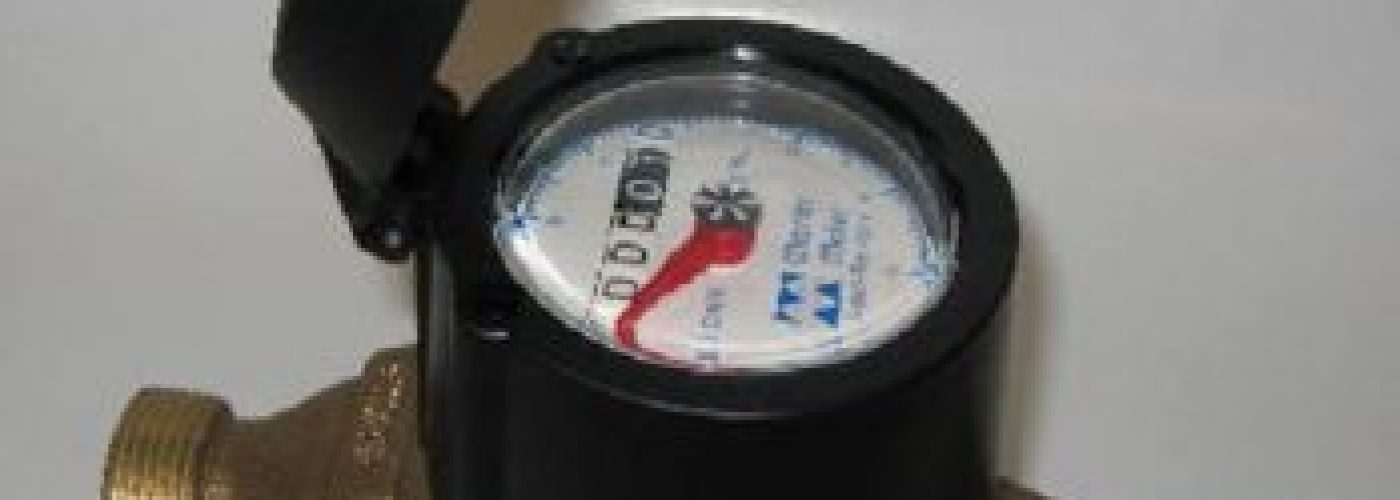The dangers of sub metering are first of all that it is hardly considered such an important stage in re-building and developing projects. However, research directed by Joanne Merry shows that this is not an aspect of metering that should be ignored or taken lightly by landlords and their tenants or private residents. Merry reports an overwhelming number of cases in the West End of London in which more than 80% of the meters installed were discovered to have significant problems with them. This resulted in reparation costs that amounted to over an already staggering amount of 200 thousand pounds. It is therefore of paramount importance that a number of procedures are followed through to ensuring that this sort of thing does not happen. Metering should for a start be viewed as a serious system of its own right to be dealt with considerable caution. The Heat Network Regulations of 2015 were installed in place to ensure that certain standards for even the cheapest meters were met. However, a certain clause of these regulations (Part L) is often considered to be met even without the full and detailed implementation of various tests and measures that would ensure that the installed meters would not break down or give misleading readings. Meters also vary for different environments (one in a workplace would need different requirements compared to, say, one in a small household) and the appropriate meter must be installed properly with all the appropriate installation procedures and testing, including reviewing documents and instruction manuals. These tests and procedures, whilst perhaps lengthy and seemingly unnecessary to the untrained eye, will ensure that such problems as breakages or false misleading meter readings are reduced by a very significant proportion. They will also increase good landlord-tenant relations in rented properties in the long term by enabling the accurate meter readings to be read and the correct and appropriate amounts to be charged.





